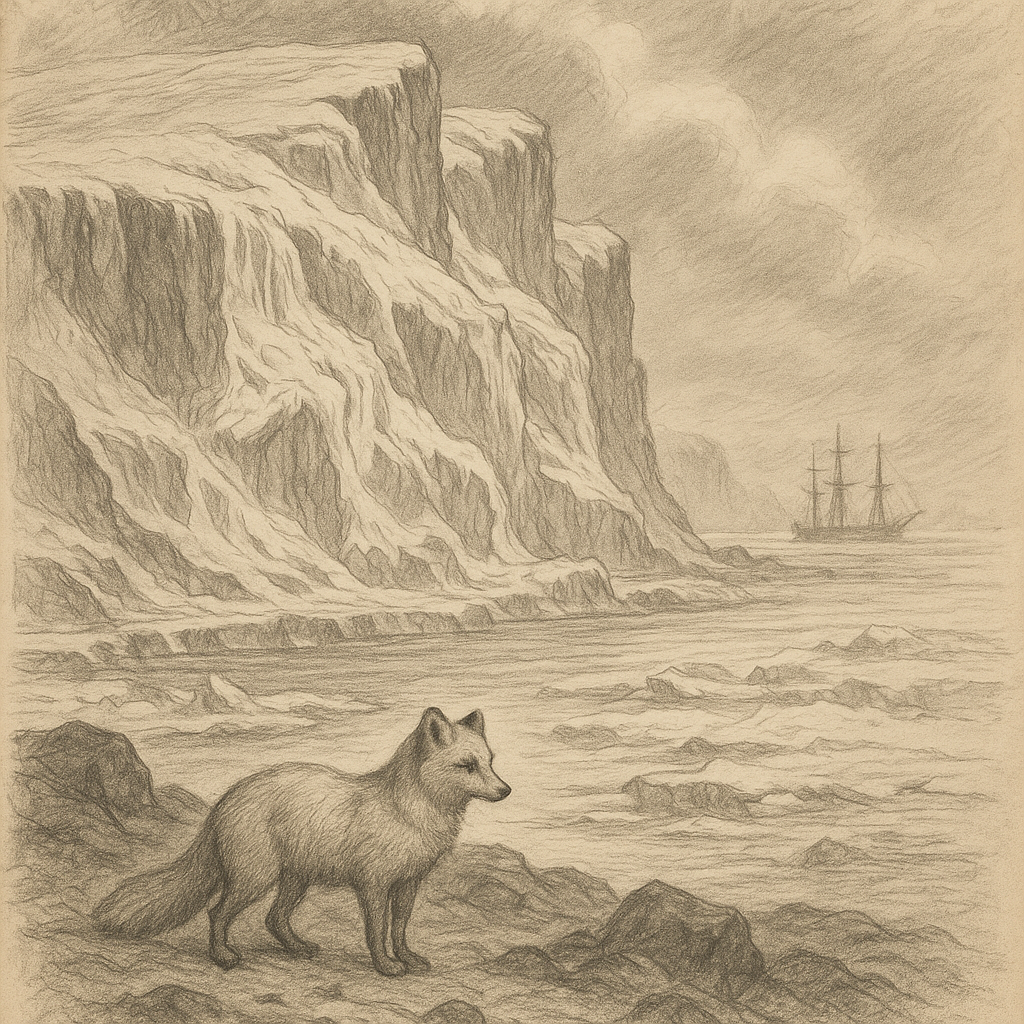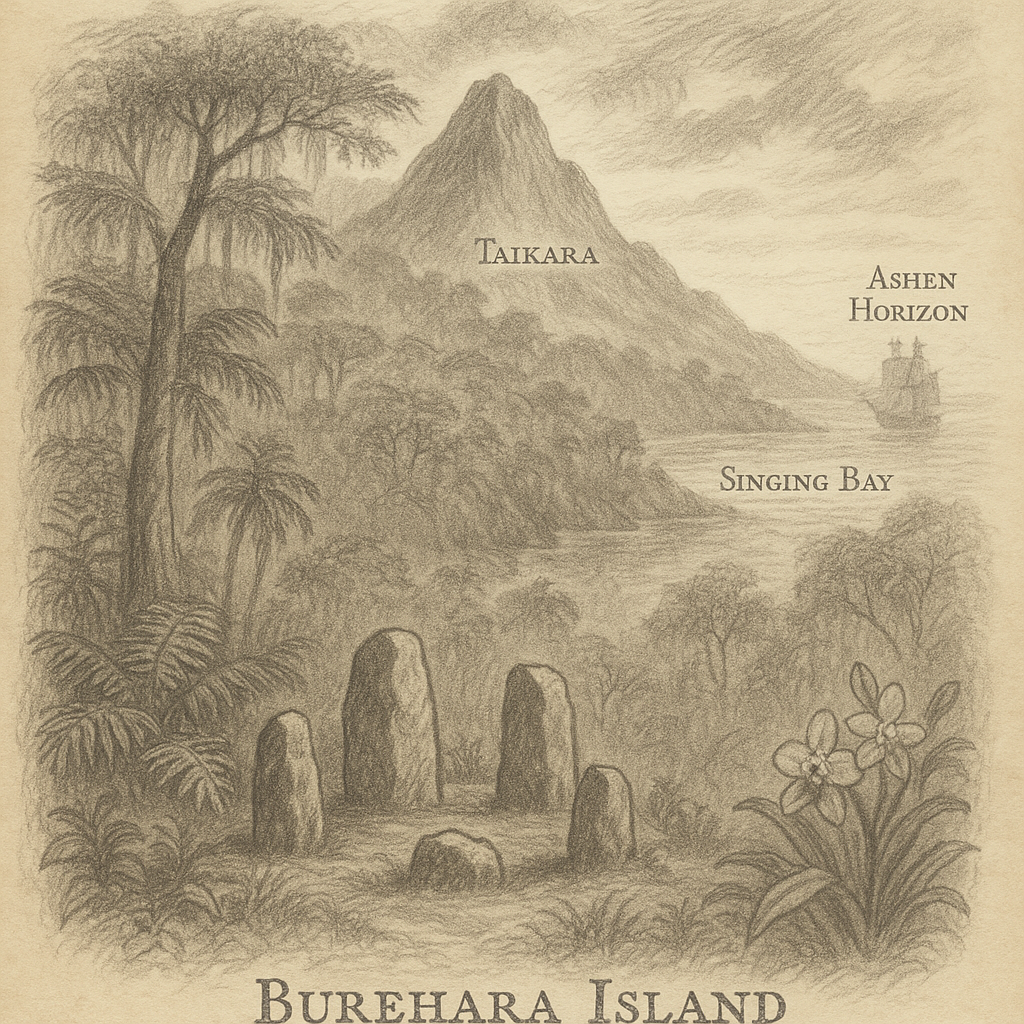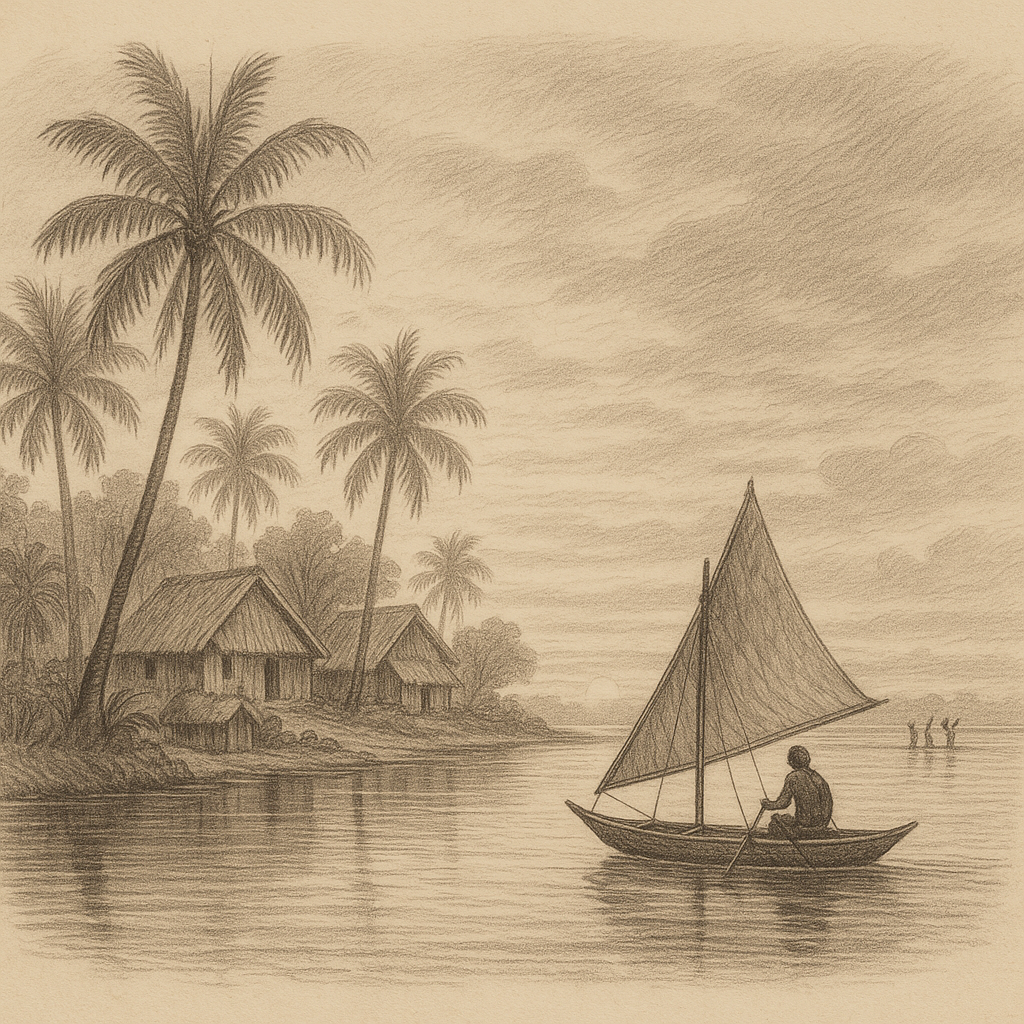Mallard Island: A Hidden Sanctuary in Remote Waters
Nestled in a secluded expanse of water, far from the hustle of modern civilization, lies Mallard Island—a tucked-away gem known mostly to only the most avid explorers and naturalists. Isolated and serene, this small island offers a vivid tapestry of natural beauty, historical intrigue, and folkloric mystery.
Location and Geography
Mallard Island is located in a lesser-known stretch of the northern Pacific, roughly 600 kilometers off the coast of British Columbia, Canada. Its exact location has been a subject of debate among amateur cartographers, as it is often omitted from mainstream maps due to its diminutive size—just over 3.2 square kilometers. The island rises gently from the sea, its shoreline fringed with weathered basalt cliffs, stony coves, and pockets of sandy beach accessible only at low tide.
Its interior is composed of rolling meadows and dense old-growth conifer forest, primarily Sitka spruce and western red cedar. A small freshwater lagoon, fed by rainfall and groundwater springs, occupies the eastern part of the island and serves as an oasis for native bird populations and the occasional migratory stopover.
Geological Formation and Ecology
Mallard Island is of volcanic origin, thought to be the surface expression of an extinct seamount that once punctured the ocean surface during the Miocene epoch. Unlike the restless volcanic systems found along the Pacific Ring of Fire, Mallard’s geology is stable and heavily eroded, giving the island a sense of timelessness.
Despite its isolation, Mallard Island is biologically rich. The combination of moist, temperate climate and limited human disturbance has allowed for the survival of several endemic plant species, including the delicate mallardia fern (named after the island itself) and rare lichens that thrive in the coastal fog. Birdlife is also abundant, with puffins, cormorants, peregrine falcons, and an estimated 200 pairs of mallard ducks nesting around the central lagoon.
Human Interaction and Conservation
Mallard Island has no permanent human residents. Its remoteness has preserved it from the impacts of development, and it currently falls under a protected maritime reserve. Access to the island is tightly controlled by environmental authorities and typically limited to researchers, conservationists, or select indigenous groups who view the island as a cultural landmark.
Scientific expeditions in recent years have focused on cataloging Mallard’s unique flora and fauna, assessing the health of its ecosystem, and monitoring climate change effects. Conservation efforts include the removal of invasive species and replanting of native undergrowth disturbed by early 20th-century logging activities.
Points of Interest
While diminutive in size, Mallard Island offers several fascinating geographical and ecological features. Chief among them is the Whispering Arch—a natural basalt arch formation located on the island’s northeastern coast. During strong tides or winds, the arch emits a haunting whistle-like sound, the origins of which have become the subject of scientific curiosity and cultural storytelling.
Another popular feature is the “Pearl Fall,” a small seasonal waterfall that cascades into a crystalline rock pool just beyond the central lagoon. Due to the mineral content of the rocks behind the fall, the water often glimmers with a pearly shimmer under direct sunlight, a visual phenomenon that attracts photographers and researchers alike.
Legends and Folklore
As with many remote natural locations, Mallard Island carries with it a captivating tapestry of local folklore. Among the most enduring is the tale of the “Watchers of the Lagoon.” According to oral traditions passed down by coastal First Nations communities, the island served as a meeting place for spirit guides who appeared in the form of large waterfowl. It is said that the lagoon’s mallards are not ordinary birds but guardians who oversee the passing of souls between the physical and spiritual worlds.
Another longstanding legend speaks of the “Vanished Mariner,” a lighthouse keeper who supposedly lived alone on the island during the early 1800s, guiding exploration vessels through uncharted waters. According to local lore, he vanished during a violent storm, and to this day, strange lights are occasionally spotted moving across the cliffs during heavy weather—believed by some to be the mariner’s ghost tending to his eternal vigil.
Access and Visiting
Due to its protected status and ecological sensitivity, visiting Mallard Island requires special permits. These are generally granted only to individuals involved in ecological research or those presenting cultural or scientific reasons for access. The island has no docks or landing infrastructure, and all access must be coordinated via sea kayak or small chartered vessels during favorable sea conditions.
The surrounding marine environment is equally notable, designated as part of a larger marine biodiversity zone. Rich kelp forests cloak the underwater world around the island, hosting sea otters, anemones, and several fish species, making Mallard a popular destination for underwater photography and marine study.
Conclusion
Mallard Island may exist off the beaten path, but its ecological richness, enigmatic charm, and cultural resonance render it a place of deep fascination. In many ways, it stands as a symbol of untouched wilderness—a quiet reminder of how vibrant and profound even the smallest pieces of our planet can be when left to flourish on their own terms. Whether through tales whispered by the wind or ducks gliding over still waters, Mallard Island continues to capture the imagination of all who hear of it.



